Southern European Sun - Europe
Swap April showers for a spot of basking, bicycling or baklava while they’re still wearing jumpers in the continent’s chillier north. Fleur Rollet-Manus and Imogen Lepere chase the fair weather...
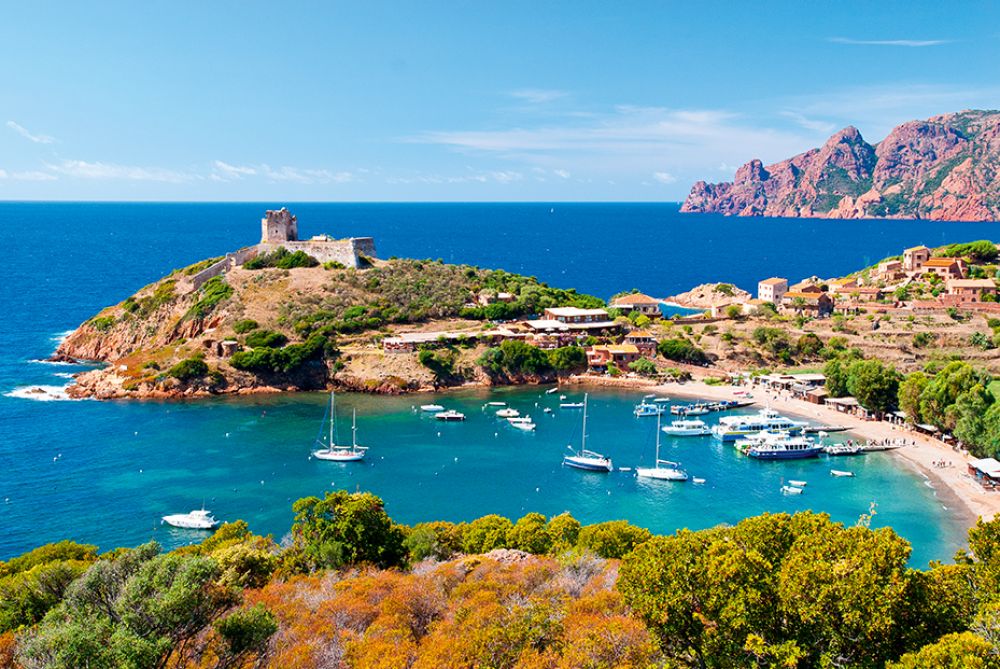
Swap April showers for a spot of basking, bicycling or baklava while they’re still wearing jumpers in the continent’s chillier north. Fleur Rollet-Manus and Imogen Lepere chase the fair weather...
Looking to step into spring with something active? Nicknamed the ‘nursery slopes’ of sailing due to placid waters and mild maestros (northerly winds), Greece’s Ionian islands are an ideal spot for novice sailors to learn the ropes while soaking up some early-season sunshine. The area between Lefkada, Meganissi and the mainland is sheltered from strong swell and winds, creating the perfect learning ground. Distances between the islands are relatively small (13-16km), with many bays and moorings under 2km apart. For a bareboat charter, an RYA Day Skipper certificate is required, though Sail Ionian has a range of crew options for all manner of proficiency. If you’re better suited to relaxing on the stern rather than navigating yourself, opt to join a fully skippered charter, where you’ll be ferried from secret snorkelling spots (keep your eyes peeled for curious loggerhead turtles) to uninhabited islands perfect for beach barbecues – Pera Pigadhi is an essential anchor point. Fiskardo, a pretty port on Kefalonia, is also well worth checking out. Later in the week, make sure your itinerary includes a trip to Ithaca island, home of the legendary Odysseus. Eat like a mythical king at Rementzo 00 30 2674 031719 with servings of local speciality savaro (fish marinated with sultanas) served with mounds of horta (dandelion greens) so lemony that it will send you reaching for the vardea, a slightly sweet local white wine.
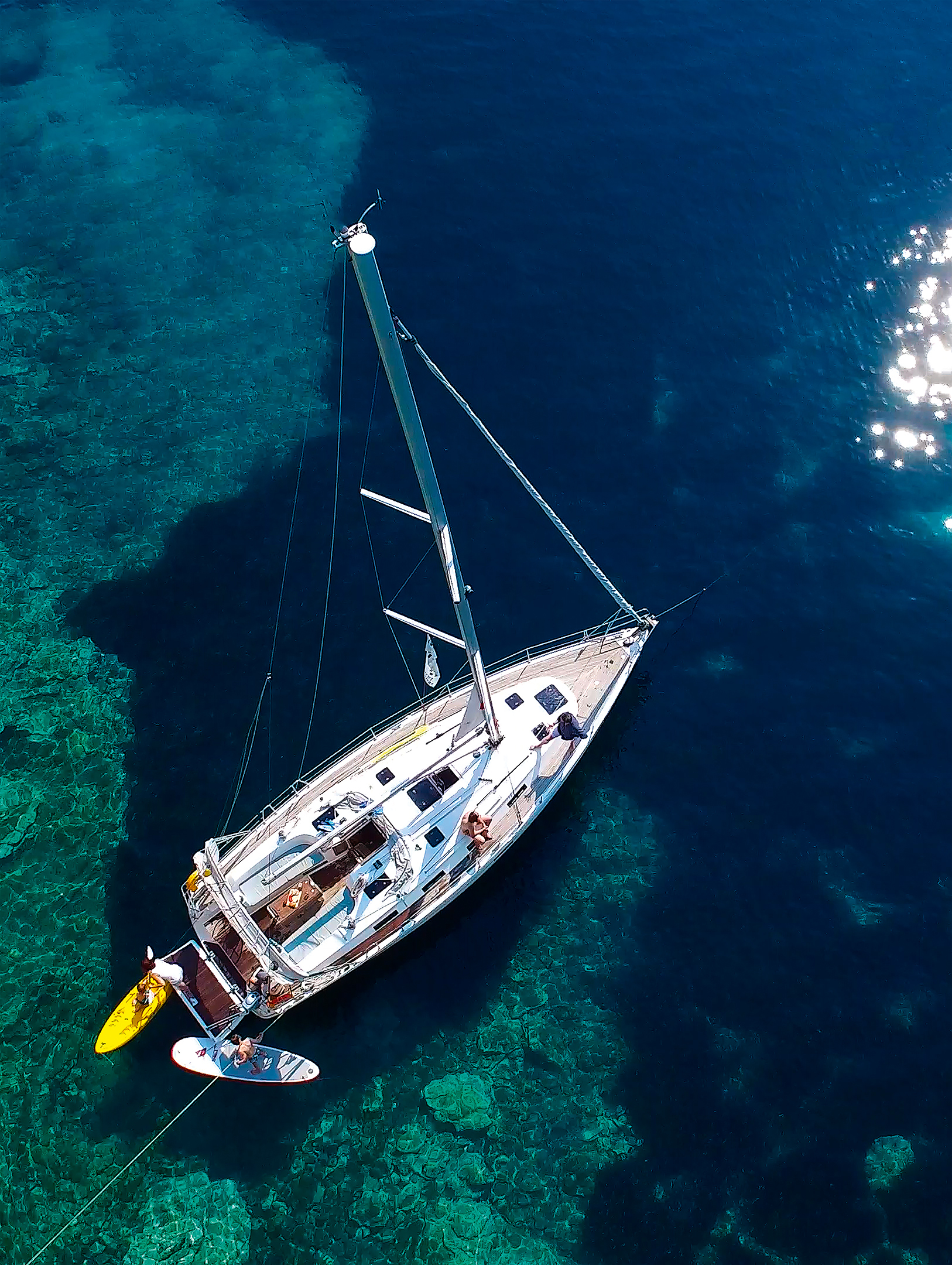
Seven nights’ bareboat charter with bespoke itinerary for six passengers starts from £1,630. sailionian.com
This island becomes a hive of activity as it prepares for the annual flower festival, taking place this year on 2-26 May – one of the largest in the world. Make your way towards City Hall Square in Funchal, the capital, to find the Wall of Hope, an enormous flower structure constructed by children signifying peace and unity, before meandering through the carpet of flora that weaves its way across the city. A festival roster of classical music concerts will be taking place on 19 May. Year-round, the fairest flowers of them all can be found in the Monte Palace’s 70,000sq m of tropical gardens; also home to Portugal’s most diverse tile collection, with azulejos taken from palaces, churches, and private houses. Be sure to take a day trip to Porto Moniz to frolic in the natural sea baths formed by volcanic rock, where, in April, the water temperature will be suited to a spot of springtime bathing. After an extensive makeover, the Savoy Palace is the best accommodation option in Funchal.
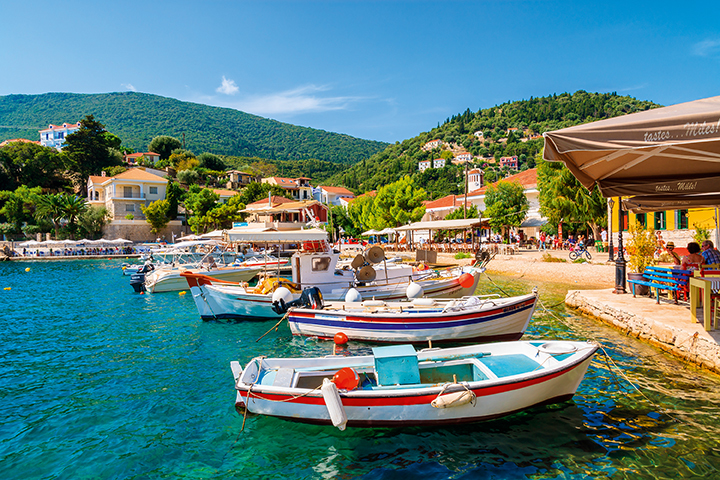
Doubles from £120. savoyresorts.com
The love child of Italy and France, Corsica has been ruled by both and has inherited the best characteristics from its parents. It has chic yachting ports that would make a stylish addition to the French Riviera and villages, such as Sainte-Lucie-de-Tallano, which evoke hamlets in the Apennine Mountains. When you factor in the rugged landscape, including beaches, windswept scrubland scented with maquis and a gently hilly heartland, you’ll see why we’re tipping it as a top area to try for a hit of sunshine. A must-see is Filitosa, where 16 granite megaliths tell the story of 8,000 years of island history. In April the temperature is around 20C, so ideal for hikes that end with soft sand between your toes. Try courgette fritters with Corsican ham at the unpretentious A Merendella Citadina in Ajaccio 00 33 9 67 78 99 13 before walking west to Route des Sanguinaires, along which you’ll find St-François beach. For something wilder, head north to Bastia to explore Cap Corse – home to romantic villages of crumbling Venetian mansions – by bicycle. Break the trip at Le Tomino, a boutique hideaway with views over the Port de Macinaggio.
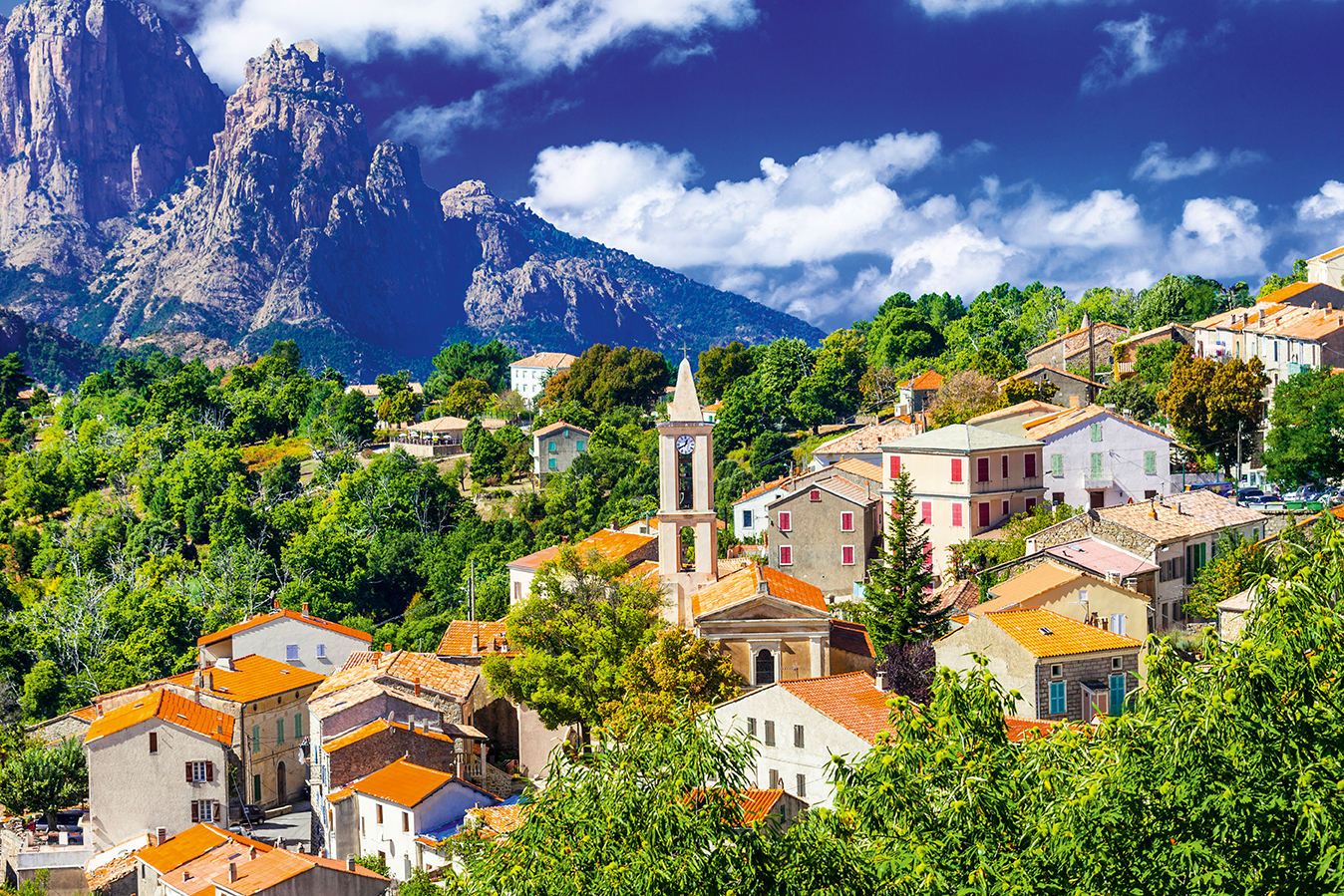
Doubles from £140. hotelletomino.com
The Cypriot capital offers visitors an authentic slice of Mediterranean life. The last divided capital in the world, Nicosia’s streets are separated by a UN buffer zone known as ‘the green line’ which comes with a fascinating history. In April the mercury hovers in the mid-20s, making it perfect for a city break. The Greek- Cypriot side is increasingly cosmopolitan with creative pockets such as Kaimakli and a new wave of restaurants that are reimagining traditional cuisine: try Pantopoleio Kali Orexi 00 357 22 675151 on Vassiléos Pávlou. Explore the Loukia and Michael Zampelas Art Museum, before a stroll around the Venetian old town, where locals sip clove tea outside kafeneía (coffee houses). Snug yet super- stylish, the excellent 3 Rooms Boutique Hotel boasts balconies with views over buzzy Onasagorou Street.
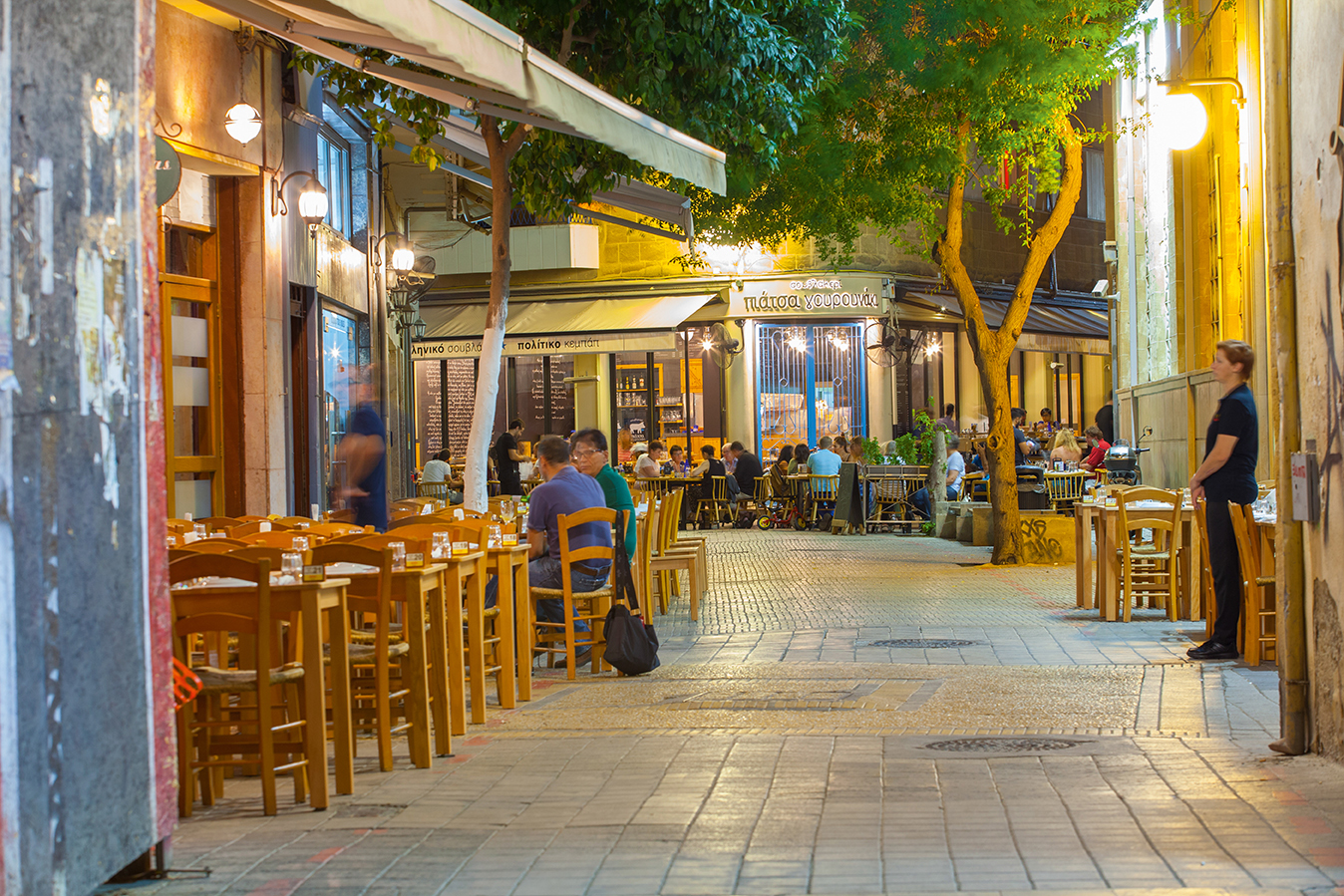
Doubles from £63. 3roomshotel.com
Surrounded by the sea and fortress walls, Malta’s compact capital is a heady mix of 16th-century baroque architecture, buzzy palazzos and surprising modern buildings. A visit to St John’s Co-Cathedral should be high on the agenda. Don’t be fooled by its unassuming facade – hidden inside are elaborate golden interiors, multicoloured marble floors and two original paintings by Caravaggio. Drink in the view from the Upper Barrakka Gardens perched above Grand Harbour – easily the best view on the island. A string of modern architectural delights include the honey-hued, almost cubist Parliament Building, formed with stone quarried from the adjacent island of Gozo. Malta’s little sister should also be high on your list of springtime escapes. Around 300 days’ sunshine annually, fewer tourists, a barely touched coastline and spectacular grotto diving sites say it’s worthy of a visit, too.
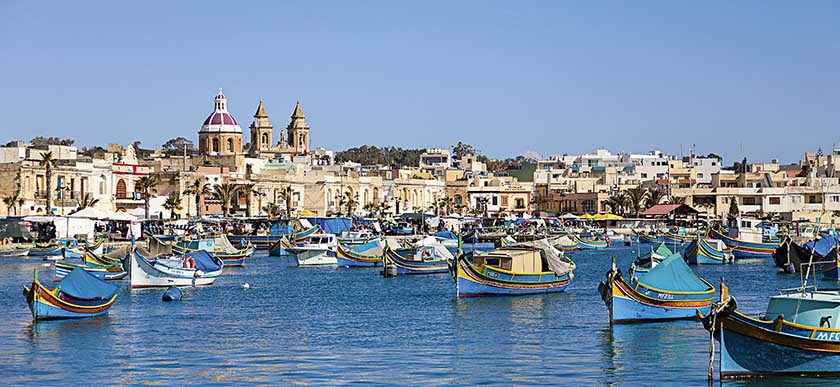
Capri may be the lemon-scented, star-studded poster girl of the Gulf of Naples (with the prices and crowds to match) but we’re tipping Ischia, the volcanic tuft on the other side of the bay, as a top choice this April. A favourite weekend spot for savvy Neapolitans, it boasts lush flora shaded by towering chestnut forests and the sort of fabulous beaches its rocky neighbour can only dream of. Stroll along the golden sand of Maronti, enjoying spring temperatures that often reach 24C, before wallowing in the waters of Cavascura, a thermal spa in a hollow in the cliff. This month also sees the reopening of La Mortella, a series of waterfalls and hothouses with sea views once owned by the late British composer Sir William Walton. Base yourself in the pretty fishing village of Sant’Angelo, a jumble of sorbet-hued houses set on a narrow isthmus which is lapped by the sea on both sides. Order the red snapper from the grill restaurants lining the shore.

Turkey offers huge value at the moment, thanks to the value of the pound against the lira. Start with a stroll along Izmir’s Kordon, where you can watch street sellers hawk mussels and wizened men fish in the bay. This flamboyant hill city on the Aegean coast was founded by the Amazons, the warmongering women of ancient Greece, and it is considered the most progressive spot in the country. Set aside a whole day to explore Kemeralti Bazaar, where mountains of dried figs and precious stones vie for space between Ottoman fountains and ancient relics.
If diving with sea turtles and discovering clandestine coves on a gulet sounds like you, try Kaz. This pastel fishing village clings to the coastline and retains an authentic air. In April, sip Turkish coffee in its eucalyptus-shaded courtyards and shop for baklava at the Friday farmers’ market alongside no one but locals.
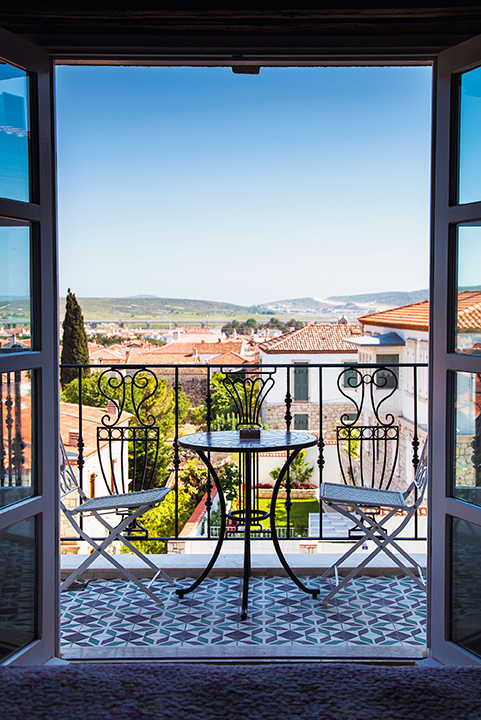
Just an hour’s drive south from Lisbon lies a bucolic stretch of Portuguese countryside punctuated by rice fields, verdant pine forests and over 60km of wildly beautiful sandy stretches. The sleepy town of Comporta is at the heart of it, where platefuls of splendid seafood are served in modest beach shacks and, as spring sunshine starts to show, clusters of roadside stalls sprout up selling swollen watermelons, fresh artichokes and ripe tomatoes straight from the farm. Sal restaurant’s restaurantesal.pt grilled sea bass and crispy calamari dipped in homemade aïoli pulls in a devoted local crowd, so arrive early to snag a sun-soaked table on the terrace.
Alternatively, pull up a wooden pew at São João 00 351 265 497 551 for a languid lunch of jumbo prawns served in a garlicky white wine sauce washed down with carafes of icy vinho verde. Beach picnic supplies should always be selected from village shop Gomes 00 351 265 497 177, which also runs a fine line in local canned sardines that are great for souvenirs. In keeping with its rustic surroundings, Herdade da Comporta has sparse accommodation options limited to a few design-driven villas, repurposed fishermen’s huts and a scattering of hotels. Our pick is Sublime Comporta spread over 17ha of secluded woodland. It’s perfectly tranquil; the noisiest neighbours are the nesting great bustards, who enjoy a morning sing-song.
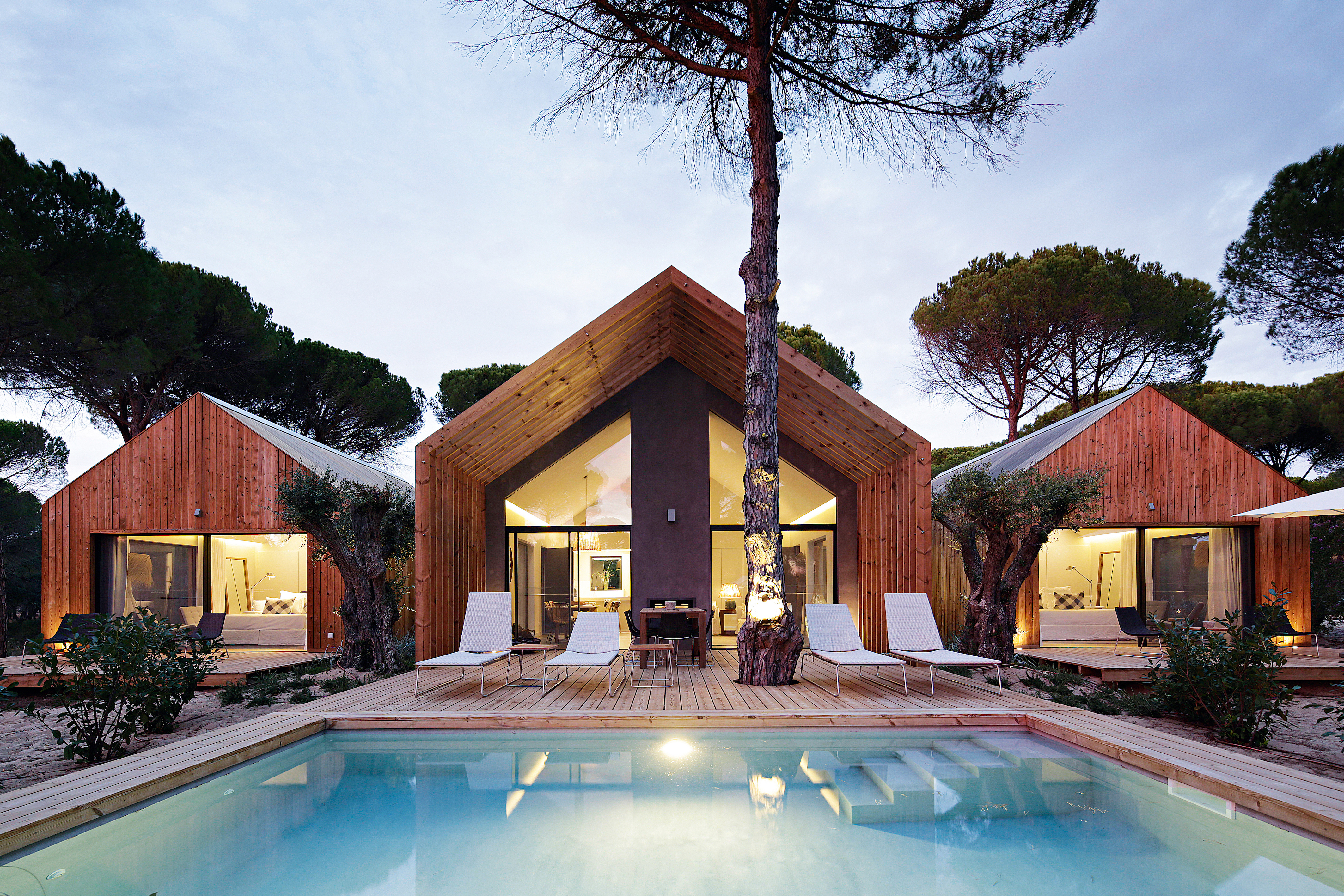
Doubles from £180. sublimecomporta.pt
While much of Croatia is now saturated with tourists, there are plenty of cities still worth discovering. We’re tipping Zadar – which easyJet opens a direct flight to in May – as a top sunspot. Local architect Nikola Bašić’s Sea Organ installation is a must-see. As the water laps the shore, underwater pipes create music. Never does it play the same tune twice. Bašić’s second interactive exhibit, Greeting to the Sea, where users dance to create light patterns, opens this year.
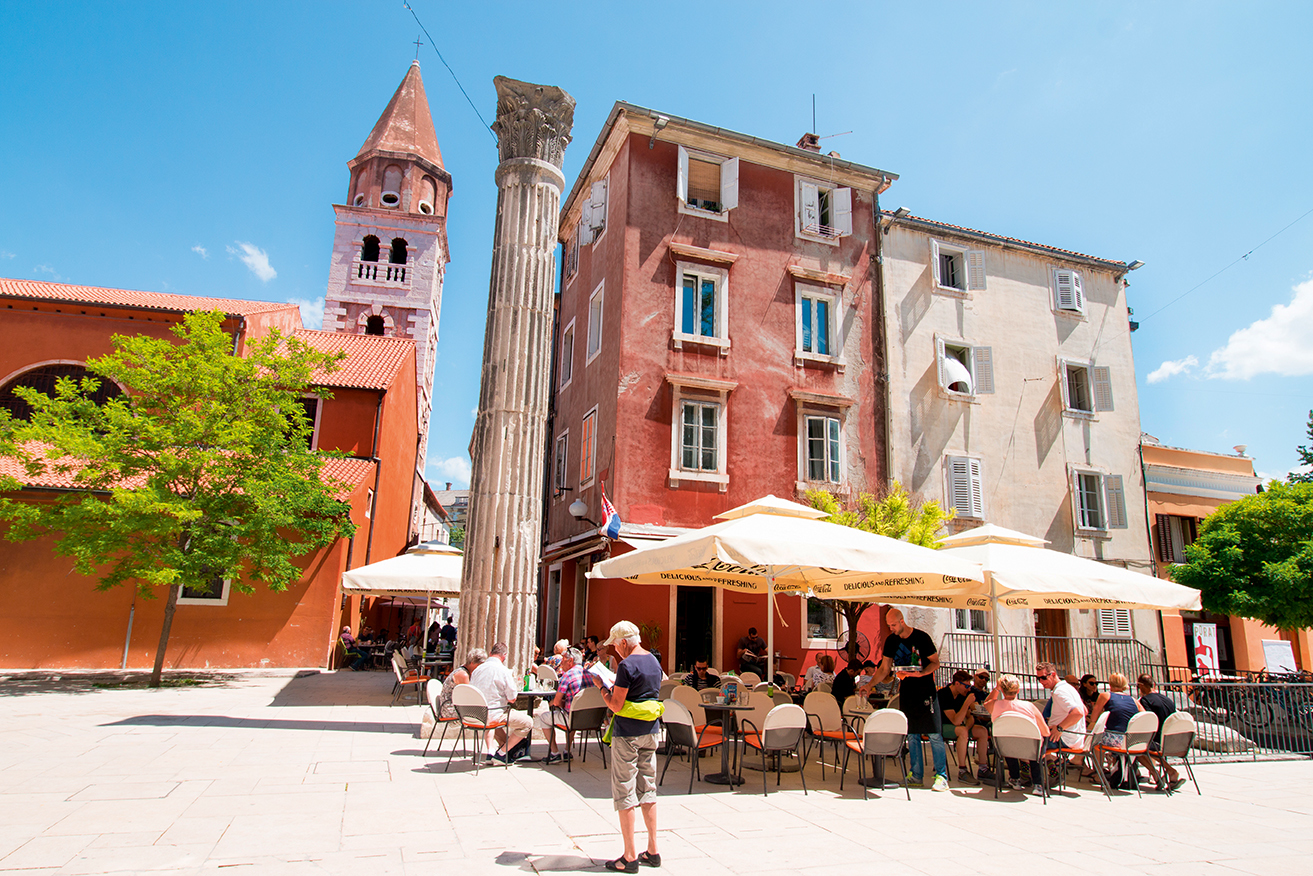
A Moorish dream nestling at the foot of the Sierra Nevada mountains, the majestic Alhambra Palace is Granada’s prime draw. This sleeping giant has watched the rise and fall of the Nasrid kings and emperor Charles V, housed Napoleon’s troops and the body of Isabella the Great, the mother of modern-day Spain. Follow the smell of lamb skewers into the narrow streets of the Albayzín, the ancient Arab quarter, for a sense of its living history.
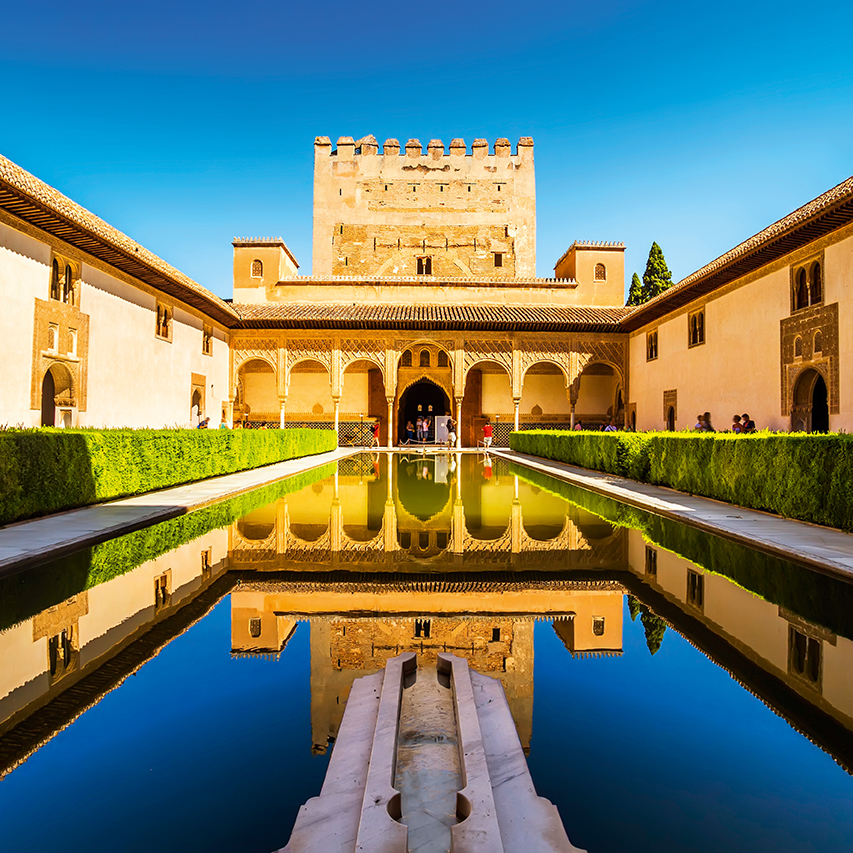
What could be better than whiling away a balmy spring evening on one of the most magnificent natural harbours in the world, gin and tonic in hand? We say very little, and the British soldiers who introduced gin to Mahón, Menorca’s delightful capital, during the 18th-century occupation, evidently agreed. Visit the Xoriguer distillery, which uses copper stills that are more than 100 years old, and stay at townhouse hotel Casa Telmo.
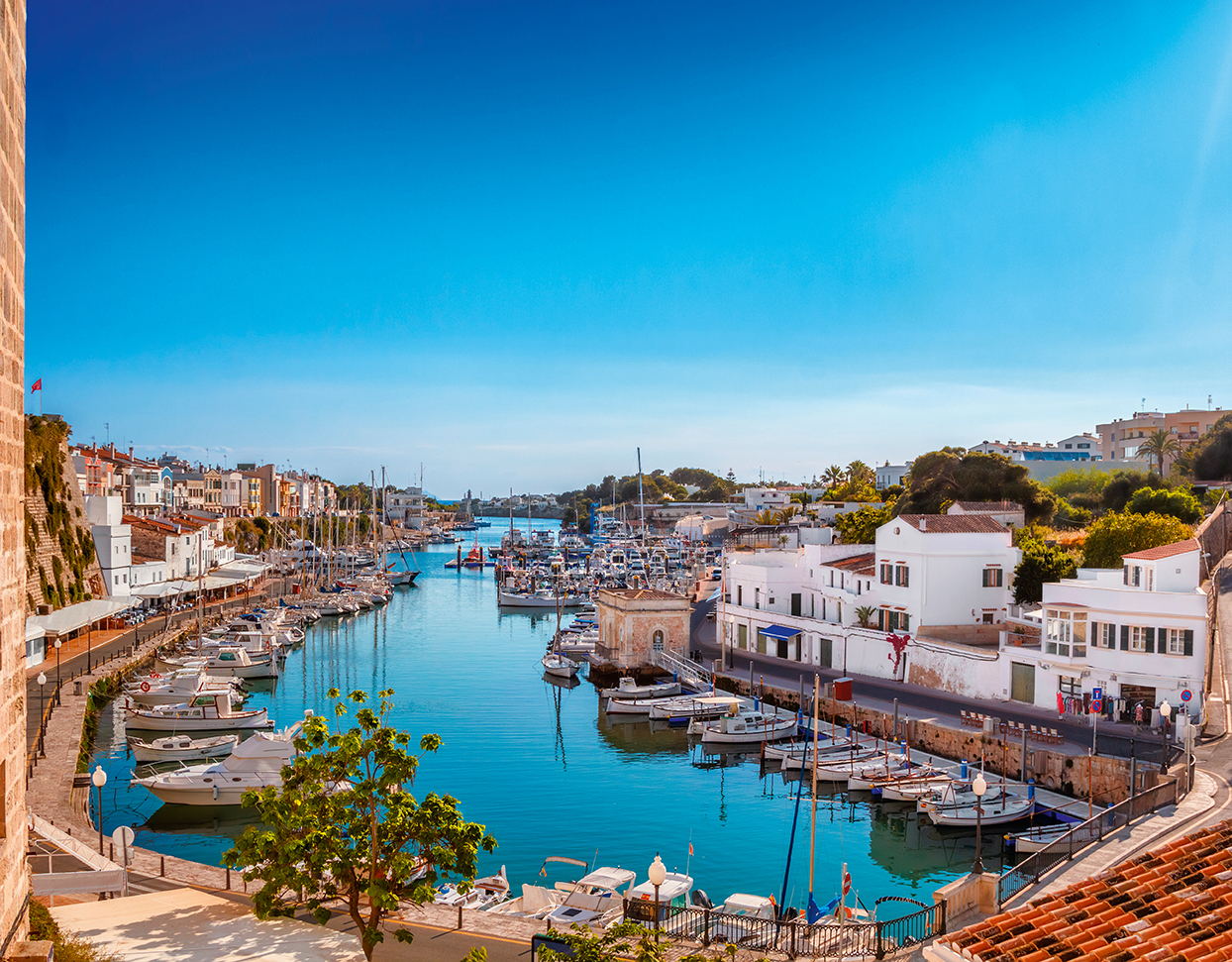
Doubles from £105. casatelmo.com
Pack up your preconceptions and head to Lanzarote’s wild north, where lunar landscapes are brimming with art installations, whitewashed villages and wineries. A world away from the south’s packed shores, this region of the island has been protected and preserved thanks mainly to the work of local artist César Manrique, who successfully lobbied to keep buildings below two storeys, banned billboards and turned the volcanic topography into a slew of cultural sites. His influence spread so far that the airport will be renamed in his honour this year. Start at surreal Jameos del Agua, one of his most ambitious creations. The subterranean grotto houses a lagoon – home to rare albino crabs – a volcanic research centre, a 600-seater concert hall and a pool reserved for the King of Spain. Just a 15-minute drive from Jameos del Agua and one of Manrique’s last tokens to the island, the Jardín de Cactus celebrates the island’s unique soil with over 4,500 specimens of cacti taken from five continents. Fully submerge yourself in the artist’s vision by stopping by his last residence, renamed the César Manrique Foundation. The Bond-like lair is made up of a series of volcanic bubbles linked by lava tunnels that lead you to a ballroom, a living room sporting a fig tree at the centre and a chill-out area inviting you to reimagine the artist’s hedonistic days. Namechecked by the man himself as an example of ‘incredible island architecture’, the nine-bedroom Hotel Palacio Ico is ideally positioned for exploring both the rugged beaches (Famara is only ten minutes away) and Manrique’s host of cultural hotspots.
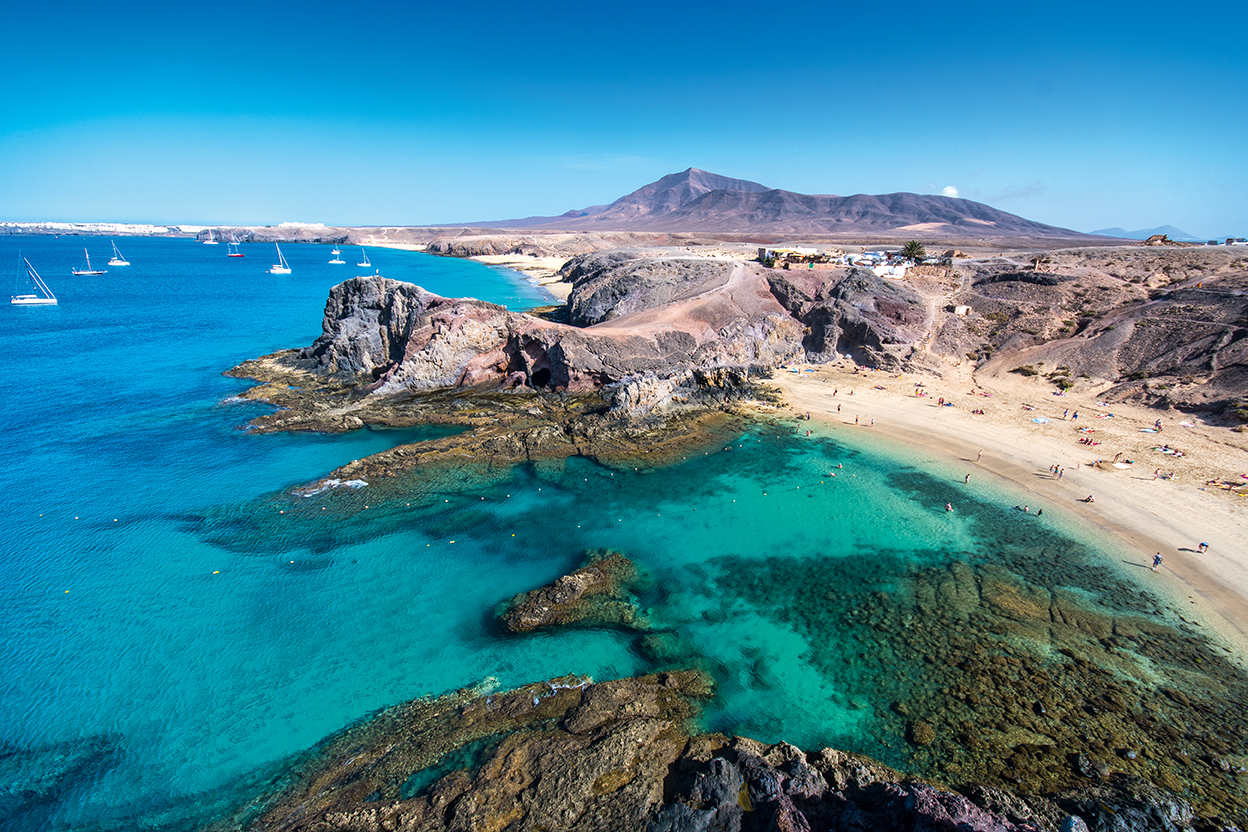
Doubles from £107. hotelpalacioico.com
The Balearics’ biggest island draws the crowds with its plentiful flights, season-round good temperatures and range of accommodation options, but shun the tried-and-tested addresses for boutique abodes concealed behind creeping bougainvillea, family-owned tapas bars and deserted craggy coves. Try the beautiful town of Deià, with its long history of flamboyant bohemians including Andrew Lloyd Webber (who wrote his West End hits here), David Bowie and The Beatles. The former artists’ colony retains its creative roots with a hub of galleries, studios and family-run fincas (readily available on Airbnb and a cost-effective alternative to the pricey hotels). Hidden between the Serra de Tramuntana mountains and the Med are the twinkling waters of Cala Deià, a 25-minute walk from the town centre. Here you’ll find natural rock pools and a single beach shack. Tempting everyone from sailors to sea sirens, Ca’s Patró March’s 00 34 971 639 137 seafood lunches are the stuff of legend. Further south, the fishing town of Sant Elm has managed to fly under the radar attracting holidaymakers keen to mingle with locals. Join the fluid crowd at Es Moli restaurantesmoli.com – a sleek restaurant identifiable by the baby blue Seat 600 parked outside. The menu plays with Mediterranean, Italian and Asian flavours, displayed perfectly in the tuna tartare with yuzu. Wash it down with hierbas, a local digestif. Stay at 21-room Hotel Villa Italia in Port d’Andratx.

Doubles from £150. www.hotelvillaitalia.com
Subscribe and view full print editions online... Subscribe